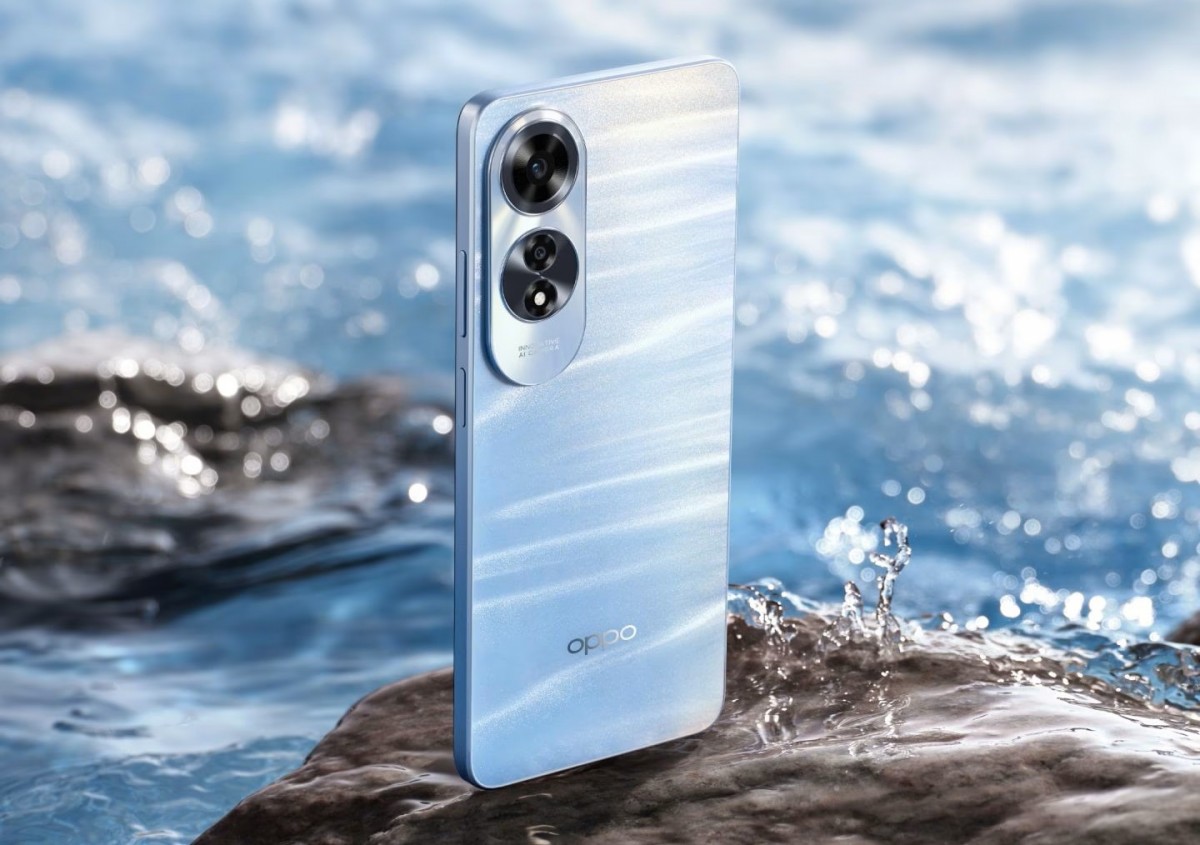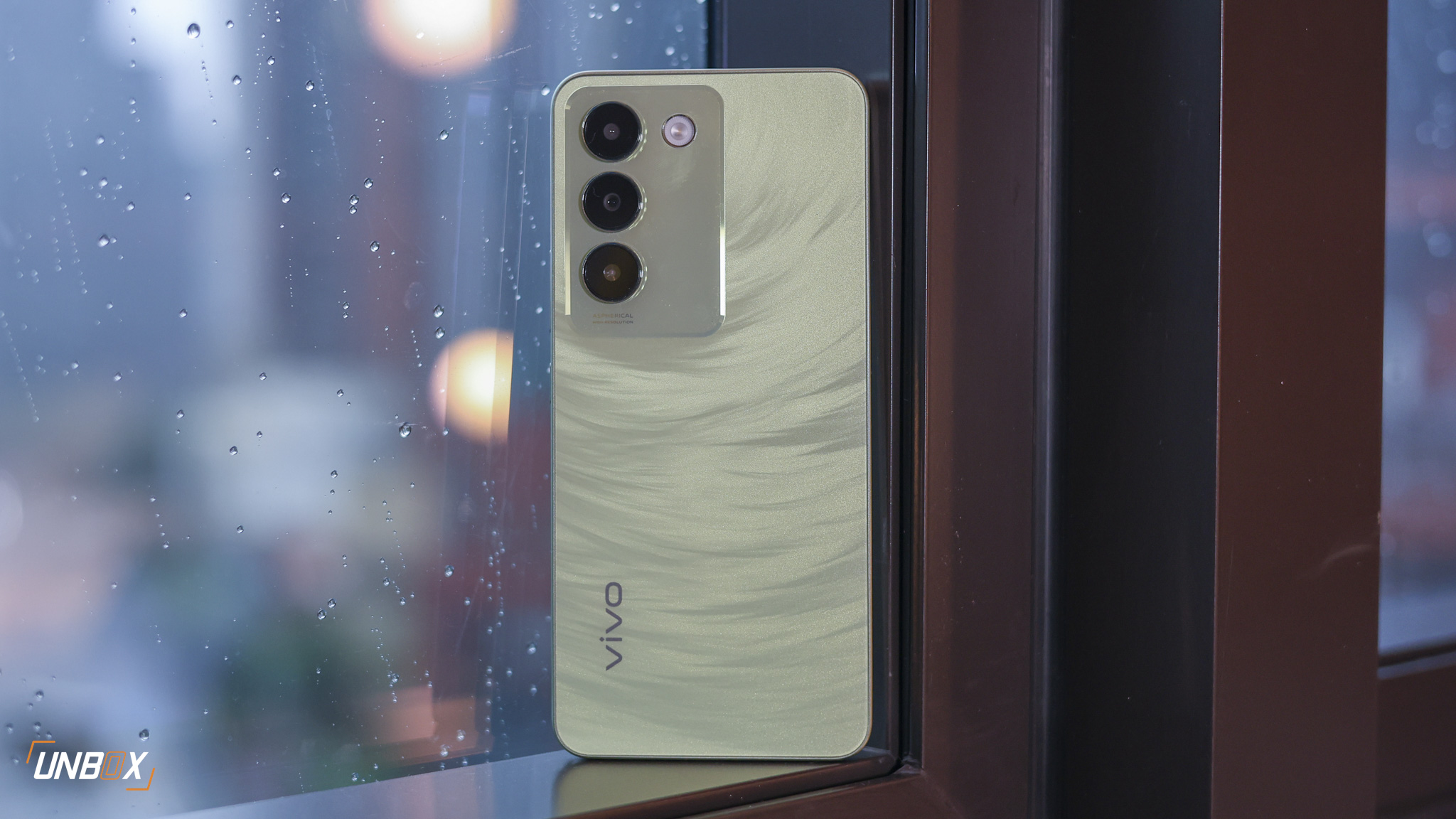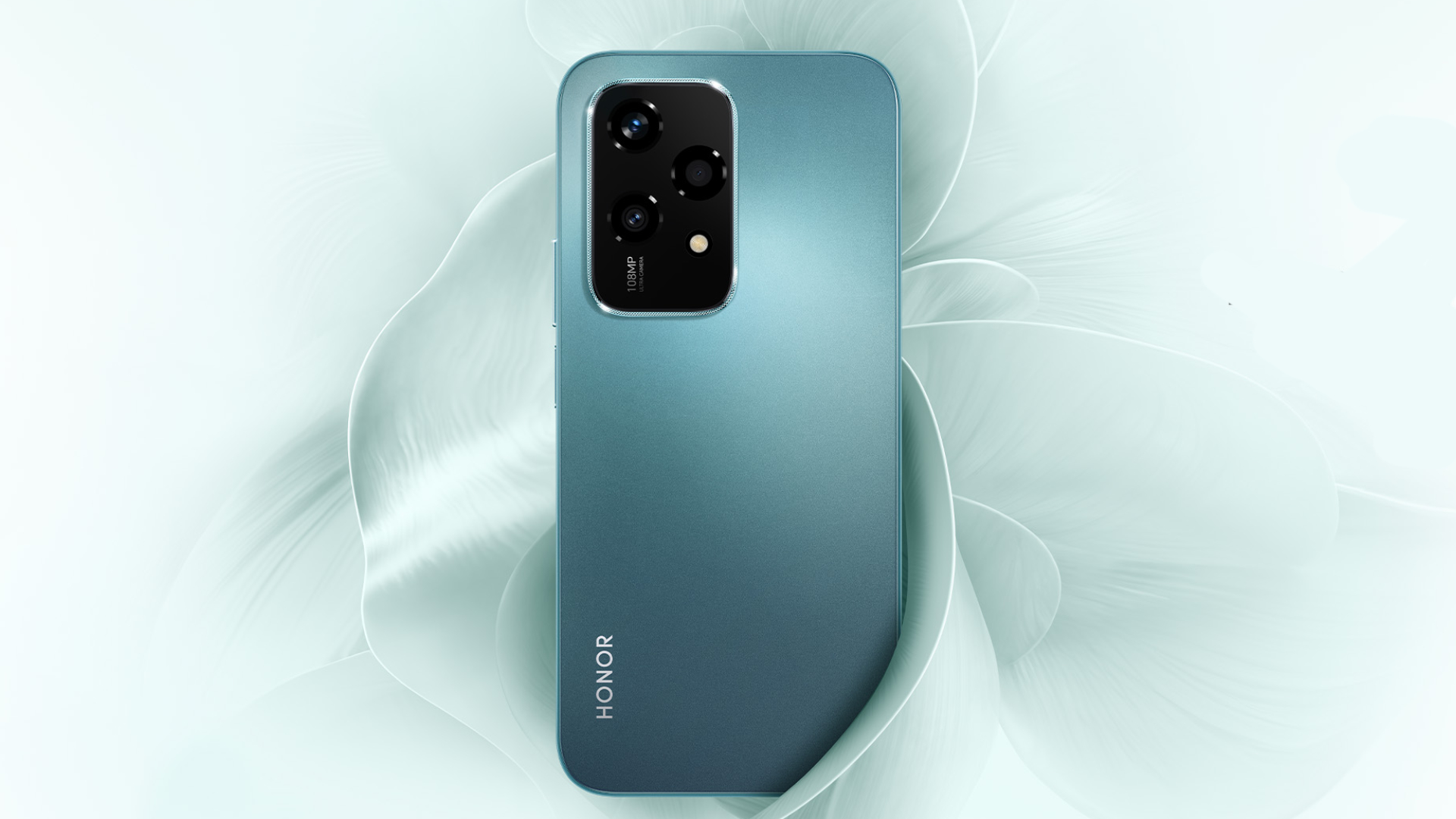We review the ZenFone 4 Max!
While they weren’t the first to introduce a big battery, ASUS was the company that made the concept popular, at least in our country. Each iteration of their ZenFone Max smartphone flew off the shelves in record numbers which speaks volumes about the priorities of consumers.
To keep their edge, ASUS has vastly improved the functionality and features of their ZenFone 4 Max to stay competitive with the offerings of their rivals. The ZF4 Max isn’t just a one-trick pony anymore – it’s a great budget smartphone that offers a lot more than just a big battery.
Asus Zenfone 4 Max Specs
- Qualcomm Snapdragon 430 processor
- 3GB of RAM
- 5.5-inch HD IPS display, 1280 x 720 resolution
- 32GB of expandable storage (up to 256GB)
- Twin 13-megapixel primary rear camera with PDAF, EIS, flash
- 8-megapixel front camera with LED flash
- 4G, LTE
- Dual SIM
- WiFi, Bluetooth
- GPS, A-GPS, GLONASS
- Fingerprint Scanner
- 5,000mAh battery
- Android 7.0 Nougat with ZenUI

Is that you, ZF3 Zoom?
If you saw our initial hands-on of the ZF4 Max, you’ll notice that it bears more than a passing resemblance to the ZF3 Zoom. The flat back, curved sides, rounded edges and placement of the dual rear camera screamed Zoom when we first laid our eyes on it back in Taipei, Taiwan. That’s just as well – the ZF3 Zoom was an easy to use phone even one-handed, so it’s not hard to see where ASUS was coming from when they designed the Max.

The rear of the phone has been slightly redesigned however, since ASUS decided to move the fingerprint sensor to the front, rather than the rear. It’s a small design tweak that we don’t entirely approve of, as we’re more comfortable using rear fingerprint scanners than we are on the front since it requires less of an effort to unlock our phones that way.

In any case, the fingerprint scanner on the front unlocks the phone quickly enough, and pulls double duty as the home button as well. It’s flanked by the requisite Android navigation keys on both sides. On the right side sits the power/volume buttons, while the 3.5mm jack is on top while the USB port is on the bottom. On the left side sits the SIM and microSD tray. We’re happy to report that the ZF4 Max accommodates two SIMs and a microSD card, so you no longer have to choose between more storage or an extra SIM.

For a phone that has a 5000mAh battery inside, the ZF4 Max isn’t that thick. Measuring in at just 8.9mm, the phone is only a millimeter thicker than last year’s ZF3 Max, which has 900mAh less battery, at 4100mAh.

The ZF4 Max uses a 5.5-inch HD display, which is a little disappointing. We’ve come to expect full HD displays at this price point, but with the features that’s on the ZF4 Max, something had to be sacrificed. The good news is that the display is rather good, despite not pushing a lot of pixels – color reproduction is good though it’s a little on the cool side. Display angles are generous, and outside legibility is good enough.
Same old hardware under the hood
Despite a shiny new exterior, the insides of the ZF4 Max is identical with last year’s offering. Qualcomm Snapdragon 430, 3GB of RAM and 32GB of expandable storage deck out this year’s model, which may annoy people looking to upgrade from last year’s iteration. Despite that, the hardware combination is still sound – Snapdragon 430 feels snappy on the HD display of the ZF4 Max, and is able to handle most mid-tier Android games without too much problems. 32GB of storage is a little limiting, but since the phone comes with its own dedicated storage slot, it doesn’t hurt as much honestly.
What’s new this year is ZenUI 4.0. We’ve been complaining, loudly, and often over ASUS’ overly bloated custom skin layered over Android for a good, long while now and finally our complaints have been heard. ZenUI has been vastly improved and streamlined, and the days of trashy bloatware is over. There’s only a few pre-installed apps in the phone this time around, and as a whole the UI looks a lot cleaner and easier to use compared to last year.
As for all the other stuff – the speakers are decently loud but tinny on higher volumes. LTE connectivity is good, which is something we’ve come to expect from a Qualcomm chipset. Call quality is top notch and we didn’t see any issues with the phone at all making and receiving calls.

New camera tricks
New on this year’s ZF4 Max is the dual 13-megapixel rear camera stuck on the rear. One has a f/2.0 aperture lens with EIS, PDAF, while the other has a 120 degree viewing angle that allows you to take wider shots ala LG’s G6. For the spec-heads out there, the phone has an OmniVision OV13855 sensor (1/306 sensor size, 1/12um pixel size). At its current price point, the ZF4 Max is the cheapest phone in the market right now that has a dual-camera setup from an international brand, beating out Huawei’s GR5 2017 by a comfortable margin. But is the ZF4 Max’s dual camera worth it?
Well, yes and no. Photos taken with the primary camera is okay when there’s enough light around, though expect noise to creep in once light gets low. We noticed white balance issues as well with the camera, with photos taken with the primary snapper being a little on the red side. It’s not a big issue for casual users, but for people who want the best performance out of their cameras, it may be an issue.
Battery is still legendary
Despite all the new tricks, the ASUS ZenFone 4 Max is first and foremost a phone that’s aimed at delivering legendary battery life. Is that still the case with the new phone? Absolutely. While we can’t give you solid battery benchmark numbers since PCMark stops halfway through our test, know that the ZF4 Max is capable of delivering on its promise. We managed to get around 2 and a half days of battery life with moderate use. Jamie, who took the ZF4 Max with him in Taiwan, got around a day and a half. While that number isn’t impressive on its own, if you consider he was pretty much using the phone as a mobile hotspot the entire day while covering the event as well as a navigation aid with Google Maps and LTE, then the number makes a bit more sense. We’ve had phones not last us a day when we used them in this manner. The only issue we have is that the phone takes a while to charge from 0 to 100 (around 3 hours) since it doesn’t have fast charging tech.

Verdict: The budget, big battery phone to beat
ASUS has managed to improve their Max line of smartphones with the ZF4 Max. With new camera tricks, a better, sleeker ZenUI interface and legendary battery life, the ZF4 Max is one of the best phones you can buy right now under 10K.
Read more about the ZenFone 4 Series:
ASUS ZenFone 4 Max 5.5-inch Quick Review: Big Battery Budget King?
ASUS ZenFone 4 Selfie, Selfie Pro Quick Review: Let The Selfie Wars Begin!
ASUS Zenfone 4 Pro Quick Review: A Beauty and a Beast















